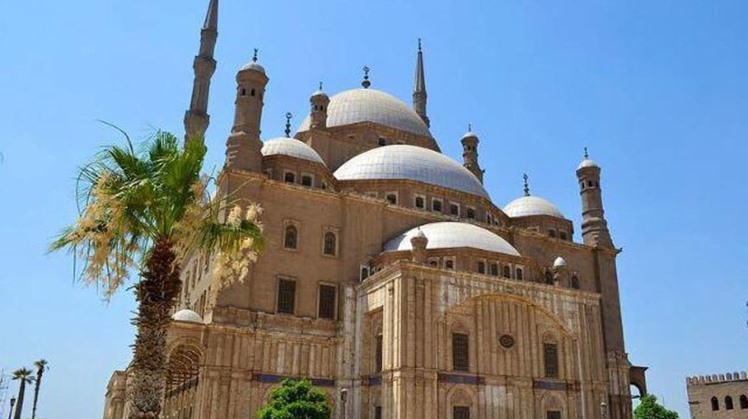Salah El-Din Citadel is one of the most important landmarks of Islamic Cairo, and one of the most luxurious military castles built in the Middle Ages. Its strategic location on the top of Mokattam Mountain afforded a wonderful view of all the landmarks of historical Cairo. The impenetrable walls around the Islamic capitals of Egypt, along with the Citadel, provided more protection against the siege.
Salah al-Din al-Ayyubi began the construction of this castle on the Mokattam mountain (572-579 AH / 1171-1193 AD) in a place that was known as the Air Dome, but he did not complete it in his life, and Sultan Al-Kamil bin Al-Adil completed it “604 AH / 1207 AD”, he was the first to inhabit it and made it a home The king, and remained the seat of the rule of Egypt until the reign of Khedive Ismail, who moved the seat of government to Abdeen Palace in the Khedivial Cairo area in the mid-nineteenth century.
The castle witnessed many historical events from the time of the Crusades until the end of the Muhammad Ali Dynasty (1220-1264 AH / 1805-1848 AD), which ruled Egypt from the beginning of the nineteenth century until the July Revolution of 1952 AD.
The castle includes many Islamic monuments that have been added over the ages, which provides visitors today with a set of places that can be visited, according to what the Ministry of Tourism and Antiquities stated, the most important of which are: “Mohammed Ali Pasha Mosque, the most prominent building inside the castle, and Al-Nasir Muhammad bin Qalawun Mosque” 718 AH. 1318 AD), Suleiman Pasha al-Khadem Mosque (935 AH - 1528 AD), and Bir Yusef, in addition to a number of museums such as the Police Museum, the Jewel Palace Museum, the Royal Vehicles Museum, and the Military Museum.
The great leader and conqueror, al-Nasir Salah al-Din al-Ayyubi, died on March 4, 1193 CE, at the age of 56 years old. .
Al-Nasir Salah al-Din led many wars and battles, in which victory was written for the Muslim armies, during which the Arabs were able to restore the lands occupied by the European campaigns to plunder the treasures of the East. Eventually, most of the lands of Palestine and Lebanon, including the city of Jerusalem, were restored.
 Wed, Jan. 19, 2022
Wed, Jan. 19, 2022